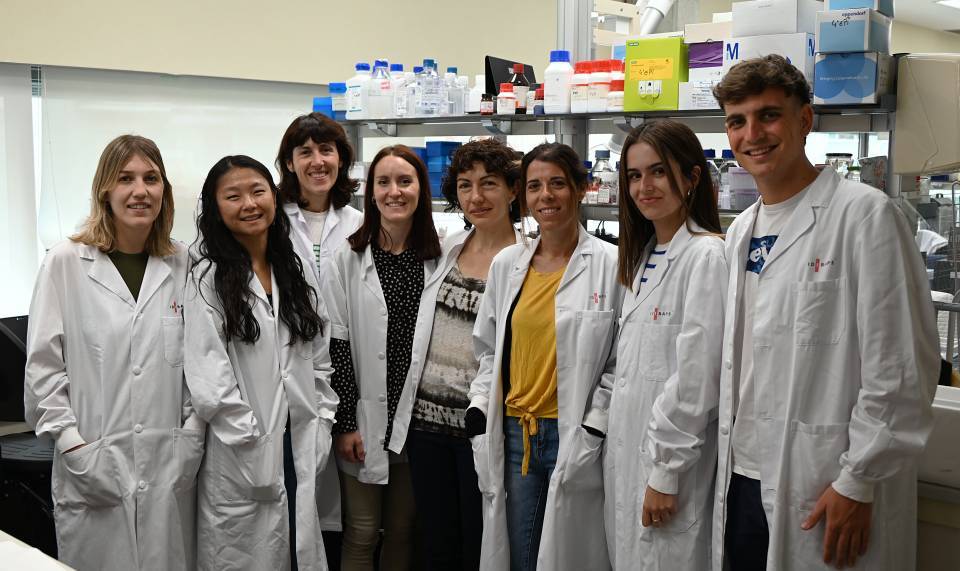In paediatric and young adult patients, Burkitt lymphoma and diffuse large B-cell lymphoma (DLBCL) are two of the most common and aggressive non-Hodgkin B-cell lymphomas. Between these two types of lymphoma, a spectrum of tumours has been identified that share characteristics of each. However, due to the lack of previous studies, the genetic and molecular characteristics of this intermediate group are poorly defined, making it harder to diagnose the disease and provide a prognosis.
Now, a team at IDIBAPS-Hospital Clínic Barcelona has just published a detailed study of this intermediate group in the Blood Cancer Journal. Their work has helped to define its genetic, molecular and morphological characteristics with next-generation analyses.
Led by Itziar Salaverria, the head of the IDIBAPS research group Molecular genetics of paediatric lymphomas, in collaboration with Olga Balagué, from Hospital Clínic, the study has defined two subgroups on the spectrum between Burkitt lymphoma and DLBCL for the first time: lymphomas with and without alterations in the MYC gene.
Though the cases included in the first group may sometimes be morphologically similar to DLBCL, they also present genetic and molecular characteristics that associate them with Burkitt lymphoma. On the other hand, lymphomas without MYC gene rearrangements present molecular features suggestive of DLBCL. However, this second subgroup is much more heterogeneous and should be characterised further.
No differences in patient survival have been found between the two subgroups. However, among lymphomas with MYC alterations, some cases with mutations in the TP53 gene have been identified, which are indicative of a worse prognosis.
‘In the classification of non-Hodgkin B-cell lymphomas, what we know with regard to adults is often extrapolated to paediatric patients. However, the same types of lymphomas do not always share the same clinical and biological characteristics. This is why studies focused on paediatric and young adult patients are needed’, says Itziar Salaverria. ‘In this study, we defined the molecular and morphological characteristics of this intermediate spectrum specifically in paediatric patients. This allowed us to identify biomarkers that could help both in the diagnosis and prognosis of the disease’.
Next-generation sequencing for lymphoma classification
The diagnostic technique most commonly used in routine practice to classify non-Hodgkin B-cell lymphomas is FISH, which detects chromosomal alterations in tumour cells through fluorescence microscopy. However, this study found that the FISH technique does not always detect MYC gene rearrangements characteristic of Burkitt lymphoma, which could lead to misclassification if based solely on morphology.
For the molecular and genetic characterisation of the lymphomas included in this study, the research team employed next-generation sequencing (NGS) techniques and NanoString gene expression studies. These advanced methods allowed for a more accurate and reliable definition of non-Hodgkin B-cell lymphoma subtypes.




